#sam wood
Text

Ramon Novarro-Myrna Loy "Una noche en El Cairo" (The barbarian) 1933, de Sam Wood.
104 notes
·
View notes
Photo

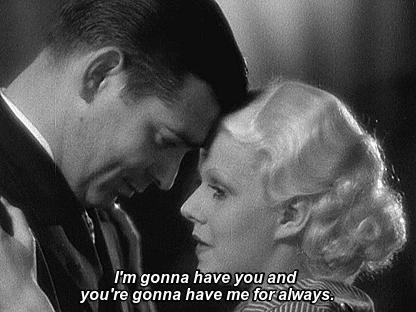

Clark Gable and Jean Harlow in Hold Your Man (1933) dir. Sam Wood
#clark gable#jean harlow#1933#1930s#30s#drama#romance#melodrama#pre-code#pre-code hollywood#oldhollywoodedit#classic hollywood#sam wood
353 notes
·
View notes
Photo

Mountain
Artist: Sam Wood
TCG Player Link
Scryfall Link
EDHREC Link
#mtg#magic the gathering#tcg#$0.14#sam wood#mountain#duel decks anthology: elves vs. goblins#basic#land
19 notes
·
View notes
Text
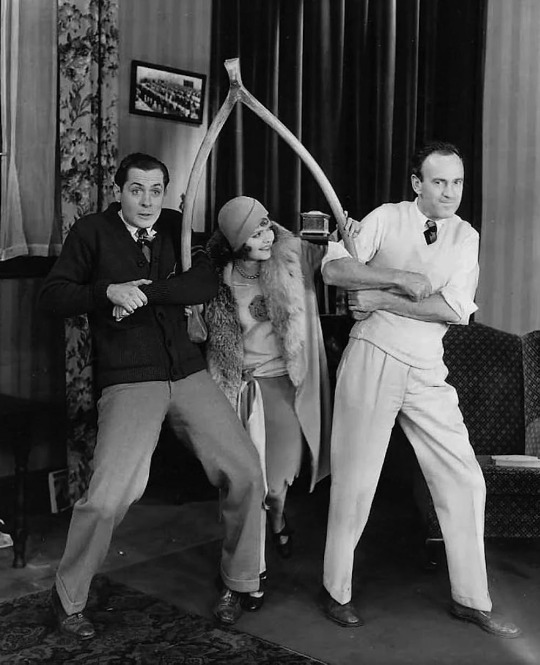
Robert Montgomery, Sally Starr, and director Sam Wood SO THIS IS COLLEGE (1929)
69 notes
·
View notes
Text

15 notes
·
View notes
Text

Kelbor-Hal
by Sam Wood
#chaos#dark mechanicum#heretek#techpriest#heretic astartes#astartes#traitor legions#sons of horus#maloghurst#word bearers#traitor titans#titan#bionics#sam wood#30k#40k
9 notes
·
View notes
Text


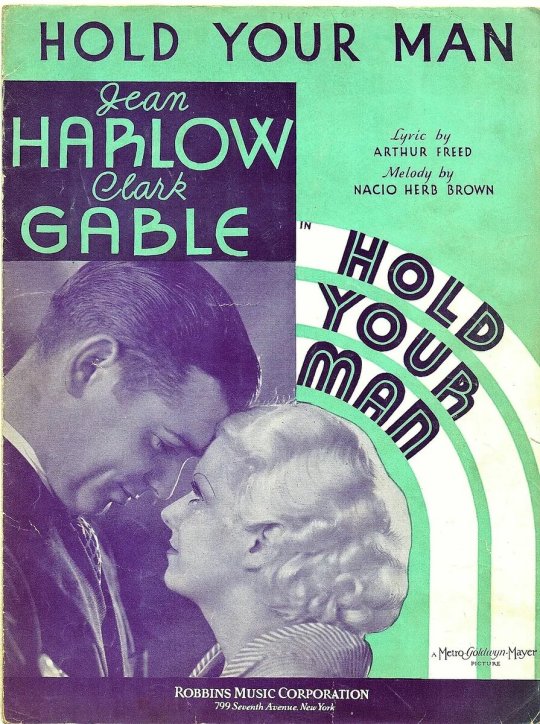


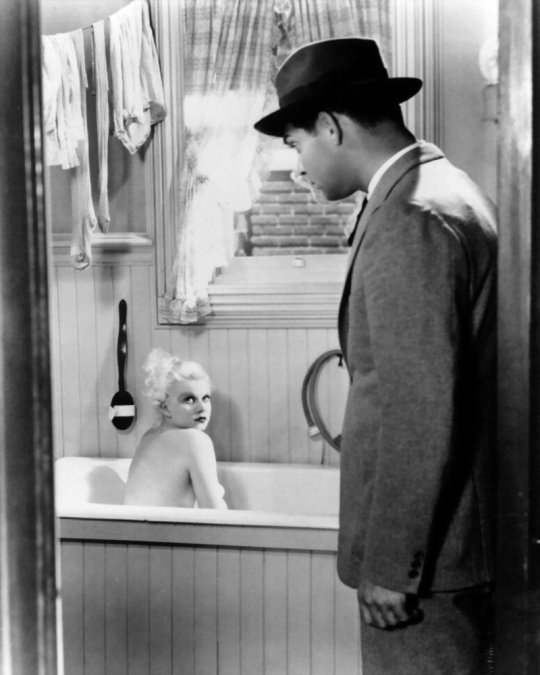

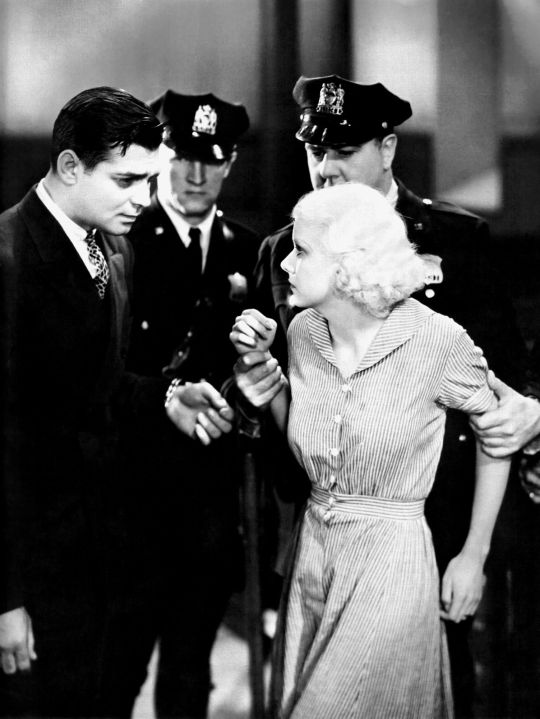


Hold Your Man (1933) Sam Wood
December 9th 2023
#hold your man#1933#sam wood#jean harlow#clark gable#stuart erwin#dorothy burgess#garry owen#theresa harris#barbara barondess#muriel kirkland#anita loos#black orange blossoms#he was her man#nora#pre-code
12 notes
·
View notes
Photo
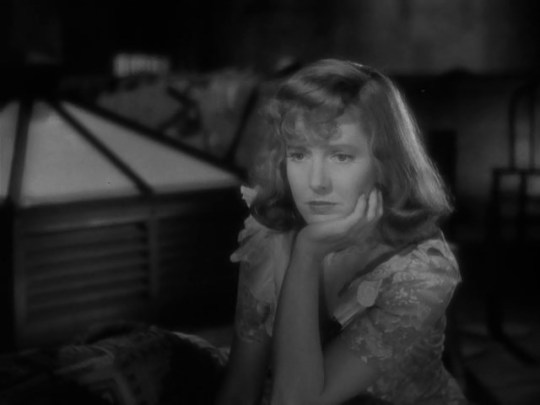

26 notes
·
View notes
Text
Thoughts on Our Town (1940)

I haven't thought about Thorton Wilder's Our Town in years. I had to read the play during my senior year of high school. The teacher had everyone given a part so we could read it aloud. I didn't get a big part because we had just finished A Streetcar Named Desire and I'd read Blanche, so they figured it was only fair I would read the narrator's part and someone else would get the meatier roles. (Unfortunately, I was about the only one in class who read any part with real enthusiasm, so you can imagine my internal agitation when the emotional sections of this play were read in such a flat, disinterested teenage monotone from my classmates.)
I remember liking the play but finding it deeply sad. It's basically about how few people appreciate the banal moments of their lives while they're living it. We take people for granted. We take "boring" moments of normalcy for granted.
I wasn't aware until recently that there was a film version. I admit I was skeptical going in: the play is famous for its minimalist set design-- and I do mean minimalist. The stage is traditionally bare and actors tend to mime using props. This is to give the setting a universal feel, even though it's supposed to be turn of the century New Hampshire.
The film dispenses with this conceit, lovingly recreating small town USA circa 1901-1913 via the efforts of William Cameron Menzies. However, some of the meta touches are still present, such as the narrator, who casually dispenses facts about the characters as they appear onscreen or facts about Grover's Corner, the story's setting. While there are a few awkward moments-- such as when the narrator asks the "audience" to ask a character onscreen questions and we hear "audience members" doing so-- generally the meta elements work better than I expected.
Some more disorganized observations:
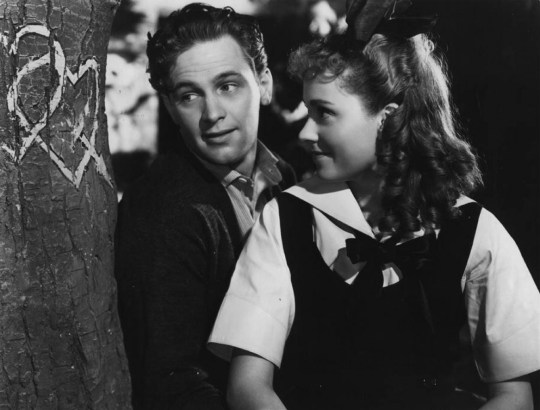
I have never seen William Holden so young before. He's a baby in this!!
The ending was famously altered for this film version. Many have complained about it, but apparently the change was at the author's request and to be honest, it didn't affect the ultimate message of the story as much as I thought it might.
I find it interesting how many movies in the 1940s looked back on turn of the century, pre-WWI life with nostalgia, much the way people now idealize the 1980s and 1990s (and the 2000s too now--- my God, I feel old) as simpler times. The weird thing is, I have to wonder if anyone in the 1900s-1910s viewed their world as so simple.
7 notes
·
View notes
Text
Lost, but Not Forgotten: Prodigal Daughters (1923)


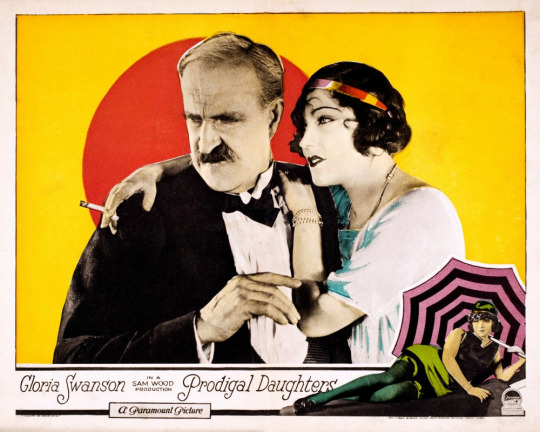


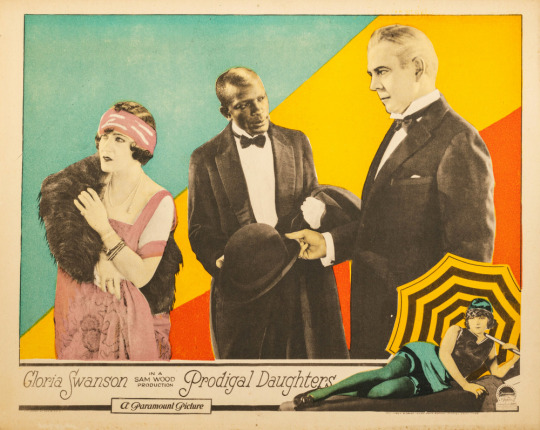
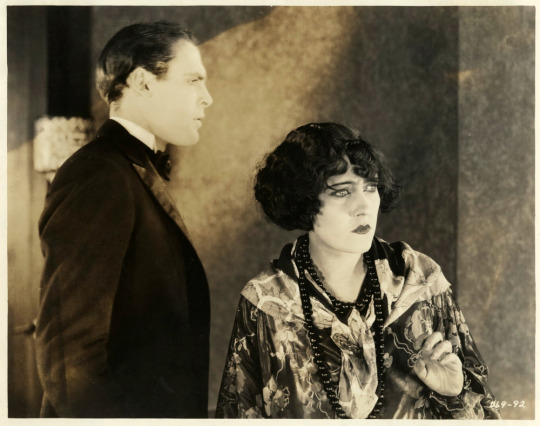
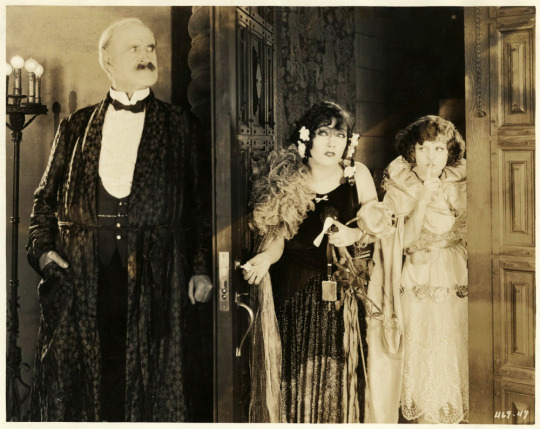


Direction: Sam Wood
Scenario: Monte M. Katterjohn
Original Novel: Joseph Hocking
Camera: Alfred Gilks
Studio: Paramount (production) & Famous Players-Lasky (distribution)
Performers: Gloria Swanson, Ralph Graves, Vera Reynolds, Theodore Roberts, Louise Dresser, Charles Clary, Robert Agnew, Maude Wayne, Jiquel Lanoe, George Fawcett, Eric Mayne
Flying Stunts: Leo Nomis
Premiere: 15 April 1923
Status: presumed entirely lost
Length: 6,216 feet, or roughly 70 minutes.*
Synopsis (synthesized from magazine summaries of the plot):
Elinor “Swiftie” Forbes (Gloria Swanson) and her sister Marjory (Vera Reynolds) are committed to living life on the “jazz route” at their comfy estate on Long Island. With their freshly bobbed hair, they attend the links on Sunday instead of church, party all night, smoke cigarettes, and drink. They live by the “Seven Deadly Whims:”

New Lips to Kiss.
Freedom from Conventions.
A New World for Women.
No More Chaperons.
Life with a Kick in It.
The Single Moral Standard.
Our Own Latchkeys.
Their mother (Louise Dresser) also thinks young and doesn’t try to restrict or discipline her daughters. The patriarch of the family is J.D. Forbes (Theodore Roberts), a locomotive magnate who became a millionaire off WWI. J.D. has been away on business in Europe for three years.
Back in New York around the Fourth of July, Stanley Garside (Charles Clary), who runs a gambling den, throws a party for Swiftie, which includes a firework display in her honor. On the radio, the crowd hears a lecture by a Doctor Marco Strong (Eric Mayne) decrying the moral degradation of the younger generation. Swiftie broadcasts her rebuttal from her own device.
Roger Corbin (Ralph Graves), an aviator who also happens to be an engineer at J.D.’s locomotive works, is flying nearby and hears Swiftie’s rebuttal. Corbin decides to make a landing at the party and invites Swiftie for a ride. She accepts, but bad weather forces them to land and they get waylaid overnight at a local inn. Swiftie’s friends pick her up in the morning and Corbin and Swiftie part without Swiftie knowing Corbin’s identity.
Meanwhile, Marjory is being pursued by songwriter Lester Hodges (Robert Agnew).
J.D. returns from Europe soon after with no one to meet him but his chauffeur. He’s horrified to see how the women in his family are living. They’ve even converted his billiard room into a dance parlor complete with buffet bar! J.D. bans smoking, drinking, parties, and Lester.
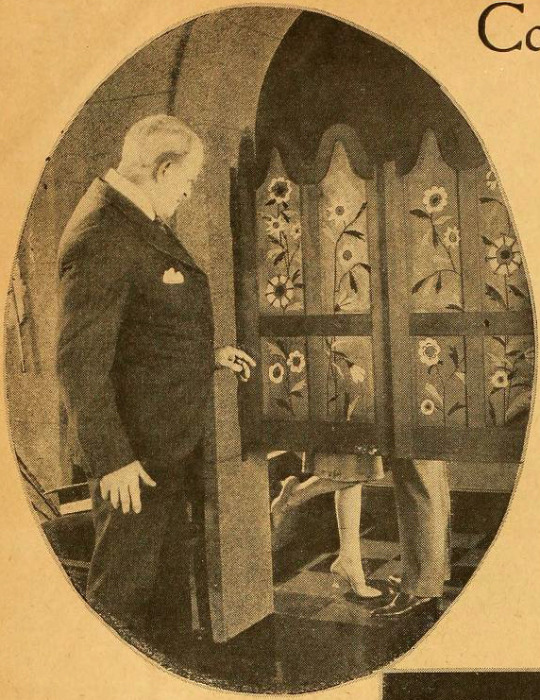
Theodore Roberts in Prodigal Daughters from Motion Picture Magazine, August 1923
Swiftie meets Corbin at her father’s house and learns he works for dad. Corbin proposes marriage to her, but she rejects him. The daughters rebel against their newly returned father and decide to make their own way in Greenwich Village.
Marjory marries Lester and Swiftie gets to earning a living on her own. Garside persues Swiftie and she takes to gambling at his establishment. Marjory finds out that Lester was only interested in her for her dad’s money and they split. Swiftie escorts Marjory back to their parents house, but vows to stick to her new independent lifestyle.
Unfortunately, Swiftie begins losing heavily at Garside’s. Garside agrees to a wager against Swiftie’s debt so that, if she loses again, he’ll clear her debt, but she has to marry him within 60 days. Swiftie loses.
On Christmas Eve, Swiftie and Garside are partying at a speakeasy when the joint gets raided by prohibition agents. Luckily for Swiftie, Corbin has been out looking for her and he finds her just in time to help her escape.
The climax features an accident with a newly designed locomotive and Swiftie and Garside in his automobile. Garside is killed, but Corbin is able to rescue Swiftie and they escape via airplane.
Swiftie and Corbin get together and she returns to her parent’s home, penitent.
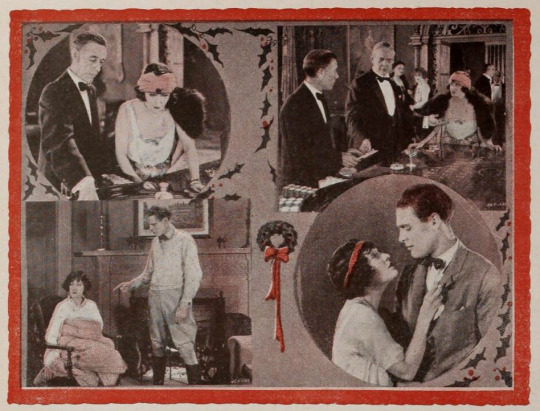
Scenes from Prodigal Daughters from Motion Picture News, 29 December 1923
Additional Info:
There is a sequence in the film that depicts the operation of a high-tech beauty parlor, wherein Louise Dresser’s character gets a face lift. It takes place before her husband returns from abroad, but I’m not certain with any more detail than that where it fits chronologically in the summary above.
There appears to be two sequences or at least two parts to the climatic sequence where Garside dies and Swiftie is rescued by Corbin. I’m not sure based on the summaries available precisely how they fit together, so I just described both instead of hypothesizing with no data.
---
Points of Interest:
This movie was Swanson’s 9th film out of a total of 10 with director Sam Wood.
The full list goes:
The Great Moment (1921, only a fragment survives at BFI),
Under the Lash (1921, presumed lost),
Don’t Tell Everything (1921, presumed lost),
Her Husband’s Trademark (1922, extant on 16mm at George Eastman House & Gosfilmofond),
Her Gilded Cage (1922, presumed lost),
Beyond the Rocks (1922, extant at Nederlands Filmmuseum, and available on home video via Milestone Films.),
The Impossible Mrs. Bellew (1922, presumed lost),
My American Wife (1922, presumed lost),
Prodigal Daughters (1923, presumed lost),
Bluebeard’s 8th Wife (1923, presumed lost)
That is only a 20 percent survival rate!
[Survival status checked via LOC’s Silent Feature Film Database, and re-checked at relevant archives when available]
If you happened to read my post profiling Racing Hearts (1923), you may remember that Theodore Roberts also plays a magnate who goes abroad to Europe and has a flapper daughter, with whom he doesn’t see eye to eye. These two films were released only two months apart, so I imagine it was pretty nice for Roberts to be able to take the “two birds, one stone” approach in preparing for his work. What a type to specialize in!
*The film was edited by censors in various state markets, so the runtime of a print in NY wouldn’t be identical to a print in Kansas.
☕ Buy me a coffee! ☕

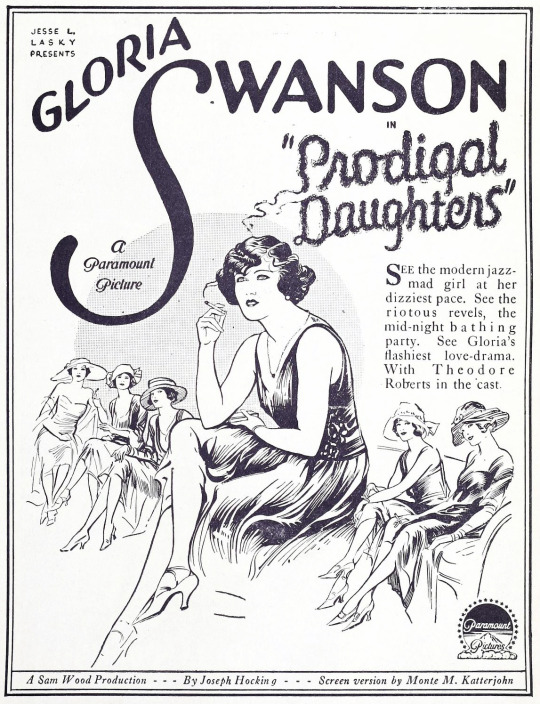
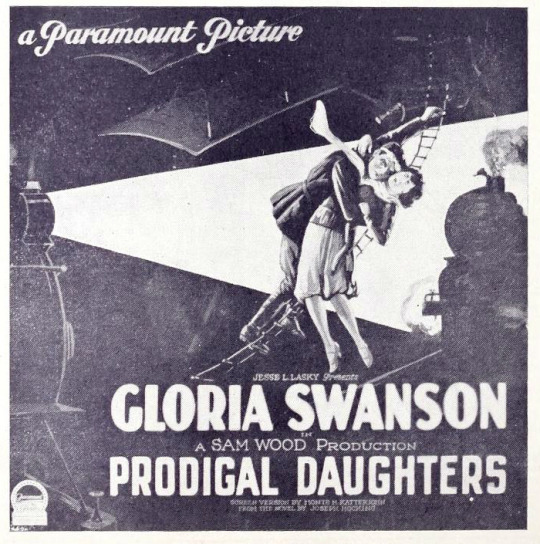
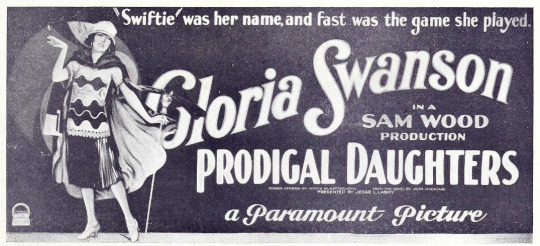



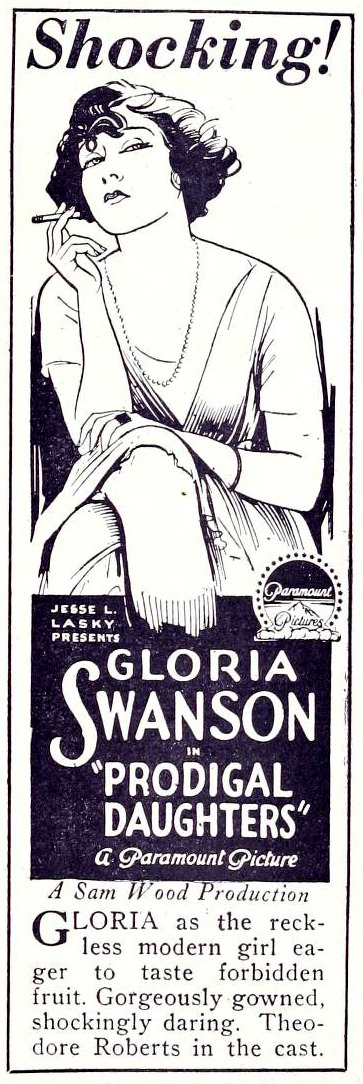



Transcribed Sources & Annotation over on the WMM Blog!
#1920s#1923#Gloria Swanson#Vera Reynolds#flappers#roaring twenties#silent movies#silent film#lost film#lost media#classic film#film history#classic movies#sam wood#american film#paramount#famous players-lasky#lost but not forgotten#film#movies
19 notes
·
View notes
Text
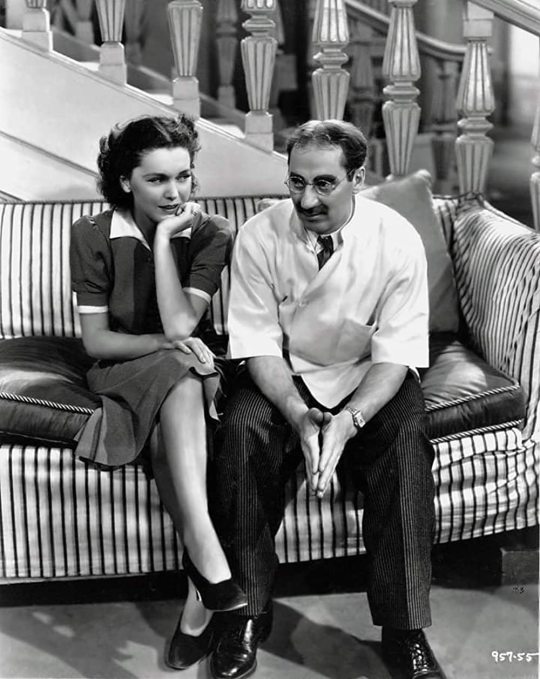
Maureen O´Sullivan-Groucho Marx "Un día en las carreras" (A day at the races) 1937, de Sam Wood.
49 notes
·
View notes
Photo
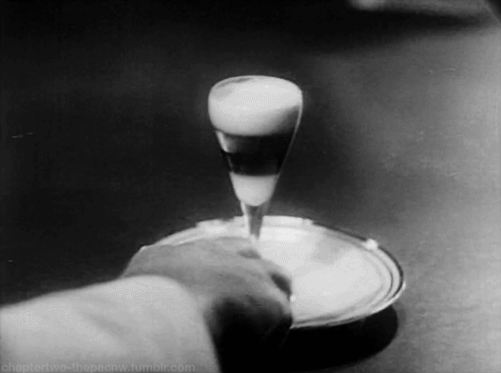
whipsaw |1935|
#gif#myrna loy#spencer tracy#whipsaw#glamour#cocktail#1935#sam wood#james wong howe#classic hollywood#black and white
54 notes
·
View notes
Photo

Abyssal Nightstalker
Artist: Sam Wood
TCG Player Link
Scryfall Link
EDHREC Link
#mtg#magic the gathering#tcg#$0.40#sam wood#abyssal nightstalker#portal second age#creature#nightstalker
45 notes
·
View notes
Text
The Marx Brothers with Sam Wood.
Sam Wood reportedly once said to Groucho “well you can’t make an actor out of clay” to which Groucho replied, “Or a director out of Wood.”

34 notes
·
View notes
Photo

Rudolph Valentino in Beyond The Rocks (Sam Wood, 1922)
#another disappointing film but oh dear rudy looks great in it#beyond the rocks#sam wood#rudolph valentino#gloria swanson#classic film#classicfilmsource#silent film#silent film stars#silent era#1920s#my gifs
75 notes
·
View notes
